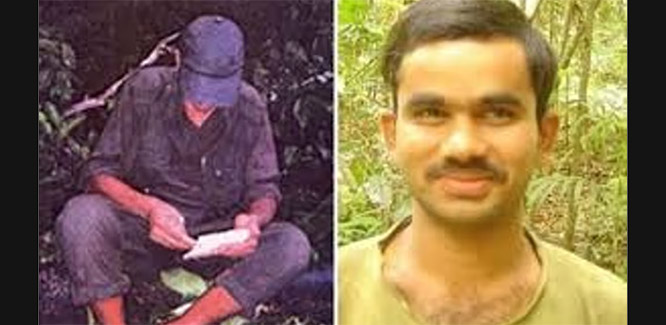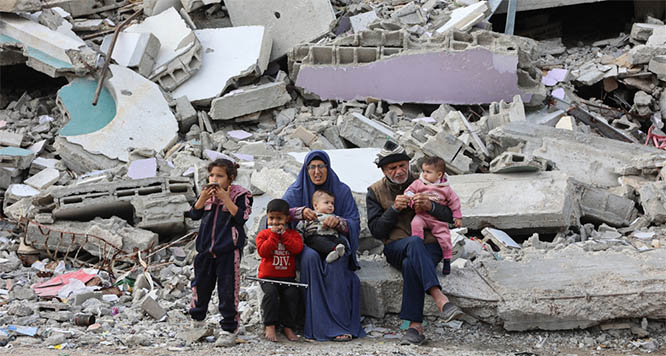
Naseem, Nasir, Firoz, Irshad, Munna, Monu, Wakeel, Rashid, Ankur, Saurabh, Devendra and Jatin. These 12 ‘rat-miners’ from Jhansi in Uttar Pradesh had asked for 36 hours to dig their way to the 41 men stuck inside the Silkyara tunnel in Uttarkashi since November 12. Ultimately, they did the job within 27 hours, leading to triumph for the human spirit in the long tunnel rescue operation.
But there were other heroes too. One was the six-inch pipe that reached the labourers on November 20, bringing them the much-needed communication line and solid food, which improved their morale and did not let the spirits down. The other key factor was that two of the stuck labourers, Gabbar Singh and Shaba Ahmed, took the leadership role inside the tunnel and motivated other workers and ensured that the team-spirit and morale remained high.
Prime Minister Narendra Modi congratulated Singh and Ahmed during his 15-minute long phone-call to the 41 labourers last night and praised the duo for showing their leadership. “Some university should do a case-study on the leadership showed by you both village men. You motivated your fellow labourers,” the PM said. Singh and Ahmed told Modi how labourers kept themselves busy by hearing songs, doing Yoga and taking long walks inside the tunnel.
Prolonged effort
When the debris collapse in the Silkyara tunnel was reported at 5:30 am on November 12, the Centre had immediately swung into action. The Auger drilling machine was air-lifted to the site and drilling began to get to the labourers. Things were tough till November 20 as only a four-inch pipe was the bridge to the stuck labourers and they had to survive only on dry fruits. But on November 20, a six-inch pipe could reach the labourers in a breakthrough.
This proved to be a lifeline as a communication line could be then established by BSNL with the workers and a camera was sent to get videos of the workers. Solid food was also sent in along with medicines and phone chargers to keep the workers healthy and in high spirits. The workers could use the phone line to speak to the authorities, psychologists deputed at the tunnel as well as their families. This improved the morale of the stuck labourers, authorities said.
This softened the blow that was suffered in the rescue after the Auger machine broke down on November 17. The authorities went by expert advice and the 12 rat-hole miners were called in earlier this week from a Delhi-based firm to carry out manual digging at the site since Monday. The rat-miners had apparently asked for 36 hours to complete the job as two of them manually dug into the debris while the rest of the rat-miners took the debris out of the tunnel.
The rat-miners achieved the breakthrough within 27 hours, ahead of their own target, and finally a welded pipe was inserted last evening to pull the 41 workers out. National Disaster Response Force (NDRF) men went in to the bring the workers out of the pipe and the entire process was completed within 45 minutes after the youngest worker came out at 7:50 pm. Ultimately, the ‘whole of government’ approach from the central and state in mission mode, and the rat-hole miners did wonders.







Comments
Add new comment